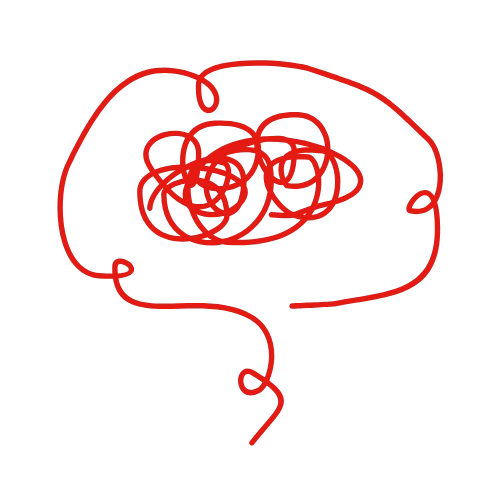- Published on
Why We Can't Escape the Dopamine Trap: The Science Behind Digital Addiction
- Authors

- Name
- Mindmire
- @Md_Khokon_Mia
Previous Article
Why We Can't Escape the Dopamine Trap
In today's digital age, we're all caught in a web of endless scrolling, notifications, and digital distractions. But why is it so hard to put down our phones? The answer lies in our brain's reward system and the powerful neurotransmitter called dopamine.
The Science of Digital Addiction
Dopamine is often called the "feel-good" neurotransmitter, but its role is more complex than that. It's actually the "seeking" neurotransmitter - it drives us to pursue rewards and creates the anticipation of pleasure. When we receive a notification, like a new message or social media update, our brain releases dopamine, creating a pleasurable sensation that makes us want more.
Track Your Dopamine Triggers
Ready to understand your digital habits? Start tracking your dopamine triggers for the next 24 hours.
The Endless Scroll Effect
Social media platforms and apps are designed to exploit this dopamine-driven reward system. The infinite scroll feature, for example, removes natural stopping points, making it easy to keep consuming content. Each new post, like, or comment triggers a small dopamine hit, creating a cycle of:
- See new content
- Get dopamine hit
- Want more
- Repeat
Scroll Time Tracker
Breaking the Cycle
Understanding the dopamine trap is the first step to breaking free. Here are some strategies that can help:
Set Digital Boundaries
- Use app timers
- Enable "Do Not Disturb" during focused work
- Designate tech-free zones
Practice Mindful Technology Use
- Check your phone intentionally, not impulsively
- Take regular digital detoxes
- Replace digital habits with analog alternatives
Create Better Reward Systems
- Set meaningful goals
- Celebrate small wins
- Build healthy habits that provide natural dopamine hits
Digital Habit Assessment
How often do you check your phone within the first hour of waking up?
The Path Forward
Breaking free from the dopamine trap isn't about eliminating technology from our lives. It's about developing a healthier relationship with it. By understanding the neuroscience behind our digital habits, we can make more conscious choices about how we use technology.
Remember: The goal isn't to escape dopamine entirely - that's impossible and would be unhealthy. Instead, we want to ensure our dopamine hits come from meaningful activities that contribute to our long-term wellbeing.
Interactive Challenge
Try this 7-day digital wellbeing challenge:
- Day 1: Track your screen time
- Day 2: Remove one social media app
- Day 3: Set up app timers
- Day 4: Practice 30 minutes of digital-free time
- Day 5: Turn off non-essential notifications
- Day 6: Replace one digital habit with an analog one
- Day 7: Reflect on your digital wellbeing journey
Use the interactive tools above to track your progress and gain insights into your digital habits. Remember, small changes can lead to significant improvements in your relationship with technology.
Conclusion
The dopamine trap isn't a personal failing - it's a result of technology designed to exploit our brain's reward system. By understanding this, we can take back control and use technology in ways that serve us, rather than the other way around.
The key is to be intentional about our digital habits and to create systems that support our wellbeing rather than undermine it. With awareness and practice, we can break free from the endless scroll and build a healthier relationship with technology.